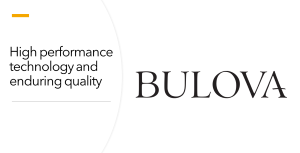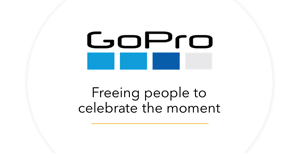IRF Releases Study on How Neuroscience of Behavioral Economics Affects Employee Engagement
Behavioral economics, say researchers, help explain why some incentives are more effective than others and show how executives can strategically apply these principles to their own businesses
The Incentive Research Foundation (IRF) recently released a white paper and study, “Using Behavioral Economics Insights in Incentives, Rewards, and Recognition: The Neuroscience” that describes some of the unifying behavioral economic principles connecting emotions and employee performance. Behavioral economics, say researchers, help explain why some incentives are more effective than others and show how executives can strategically apply these principles to their own businesses. “Behavioral economics proves to be a more useful tool than traditional economics in helping employers understand what actually motivates employees, because it recognizes that the majority of human decision-making is emotional as opposed to rational. It integrates social, cognitive, and emotional factors to more fully explain human decision-making biases and challenges long-held traditional economics assumptions.”
The report cites four “social drives” outlined by Harvard researchers Paul Lawrence and Nitin Nohria that complement people’s biologic drives and regulate virtually everything happening in the workplace, noting that “If we learn how to work in tandem with these productive drives, our companies will enjoy maximum productivity and our employees will experience maximum engagement in their work.” These drivers are:
- The Drive to Acquire. Employees are driven to acquire tangible goods (money, property, cars), as well as intangible skills (expertise, new abilities) and status. Dopamine is released into the brain anytime we anticipate achieving a goal or we achieve it. Likewise, companies provide compensation to employees and want them to be competent, confident experts.
- The Drive to Bond. Employees are driven to have authentic caring relationships, not just with family and friends, but with their workmates and supervisors, and to experience the warm, friendly feelings that come with them. Bonding is supported by the release of the neuropeptide oxytocin in the brain. Likewise, companies want employees to collaborate and cooperate as a team in order to solve difficult problems.
- The Drive to Innovate. Employees are naturally driven to learn about the world around them and create new thoughts, systems, process, relationships and goods based on these discoveries. Studies show how opioid receptors in the brain help create a “Eureka Pleasure,” meaning it feels good to satiate curiosity, think up a new an idea, solve a difficult problem, or comprehend a difficult concept. Likewise, companies also want their employees to learn and innovate.
- The Drive to Defend. Employees are driven to feel safe and secure and to defend the objects, people and ideas they hold dear. The brain’s prefrontal cortex is an active participant in activating our defensive mechanisms, causing us to feel irritated, frustrated, angry or scared when we believe a closely held relationship or our status is at risk. Likewise, organizations want to minimize the activation of this drive and the inherent stress and negativity that arises when employees are in active-defense mode.
For more information, go to www.TheIRF.org
















